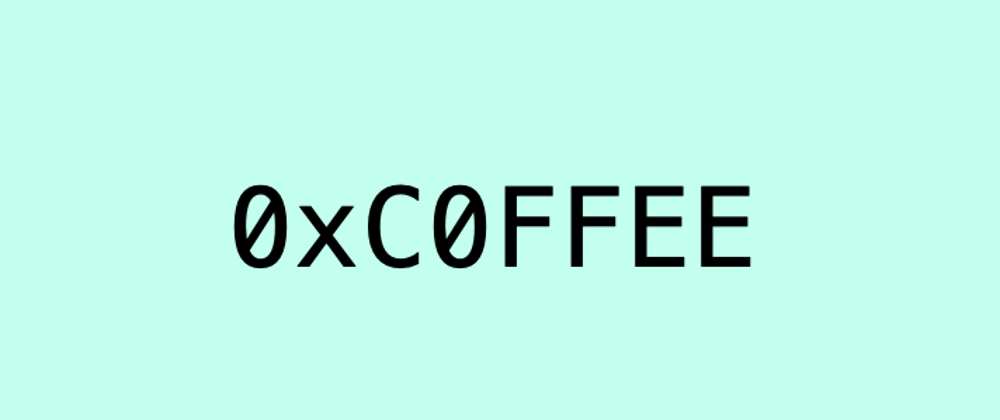...you just don't know it yet. Allow me to explain.
Back in elementary school, teachers taught us about the ones, tens, hundredths, ... columns. So the number 894 has 8 in the hundredths column, 9 in the tens column, and 4 in the ones column.
More specifically...
894 = (8 * 100) + (9 * 10) + (4 * 1)
Do you see a pattern with the ones, tens, and hundredths columns? They are all powers of ten: 100, 101, and 102. This is the numbering system we learned in school: base 10. The valid numbers in a column are 0 - 9. That makes sense, because we can only have a single digit in a column.
Now in the hexadecimal number system, the base is 16. So the first three columns are the ones, sixteens, and two hundred fifty-sixths columns. In powers of sixteen, they are: 160, 161, and 162. So the number 894 in hexadecimal is:
89416 = (8 * 256) + (9 * 16) + (4 * 1) = 219610
Note that the subscript indicates the base. 894 is the hexadecimal number. 2196 is the base 10 equivalent. You can also represent hexadecimal numbers like this: 0x894. For the 2196 base 10 number, we typically omit the 10 subscript since it is assumed.
The hexadecimal story continues a bit more. If base 10 uses the numbers 0 - 9, then what does base 16 use? Base 16 must have 16 possible digits. Its range of digits start with the same digits 0 - 9. The remaining six digits are: A, B, C, D, E, and F. The letters stand for 10 - 15 respectively. So, counting in hexadecimal is like this:
0, 1, 2, 3, 4, 5, 6, 7, 8, 9, A, B, C, D, E, F
I guess it would be too confusing in elementary school to combine numbers and letters in math. But it would've been fun trying.
For a final example, here is the conversion of hexadecimal F0A to base 10:
F0A16
= (F * 162) + (0 * 161) + (A * 160)
= (15 * 162) + (0 * 161) + (10 * 160)
= (15 * 256) + (0 * 16) + (10 * 1)
= (3840) + (0) + (10)
= 385010
So there you have it. Hexadecimal numbers made easy! You already know hexadecimal. Just change the base from 10 to 16. And have a cup of 0xC0FFEE while you're at it!
Thanks for reading. 😃
Follow me on Twitter @realEdwinTorres for more programming tips and help.







Top comments (1)
Doesn't everybody learn that in school?